You’ve probably heard about Hong Kong air pollution before. You might have read about it in the news or in your Lonely Planet. But nothing can prepare you for the actual sight of a city that is almost constantly covered under a thick blanket of smog. For its 7.3 million inhabitants, there’s no escaping this daily health threat. Hong Kong has an air pollution problem. And it’s very real.
A smoggy sunrise
My first encounter with Hong Kong air pollution was in November 2016. The first thing I always do when I land in a new city, is to head out for sunrise the next morning. After all, if jetlag keeps you awake at night, why not get out of bed early and set off on a little adventure? My mission that morning was to climb Victoria Peak, Hong Kong’s most famous mountain. It’s a steep climb, but sometimes you need to go the extra mile to get the photos you want.
Nothing can prepare you for the sight of a city that is almost constantly covered under a thick blanket of smog.
It was 6 a.m. when I arrived at the top and unpacked my camera equipment. The horizon looked a bit hazy, but nothing too worrying. Only when the sun had just risen, did the full extent of Hong Kong’s air pollution reveal itself. These photos bear testimony to that.
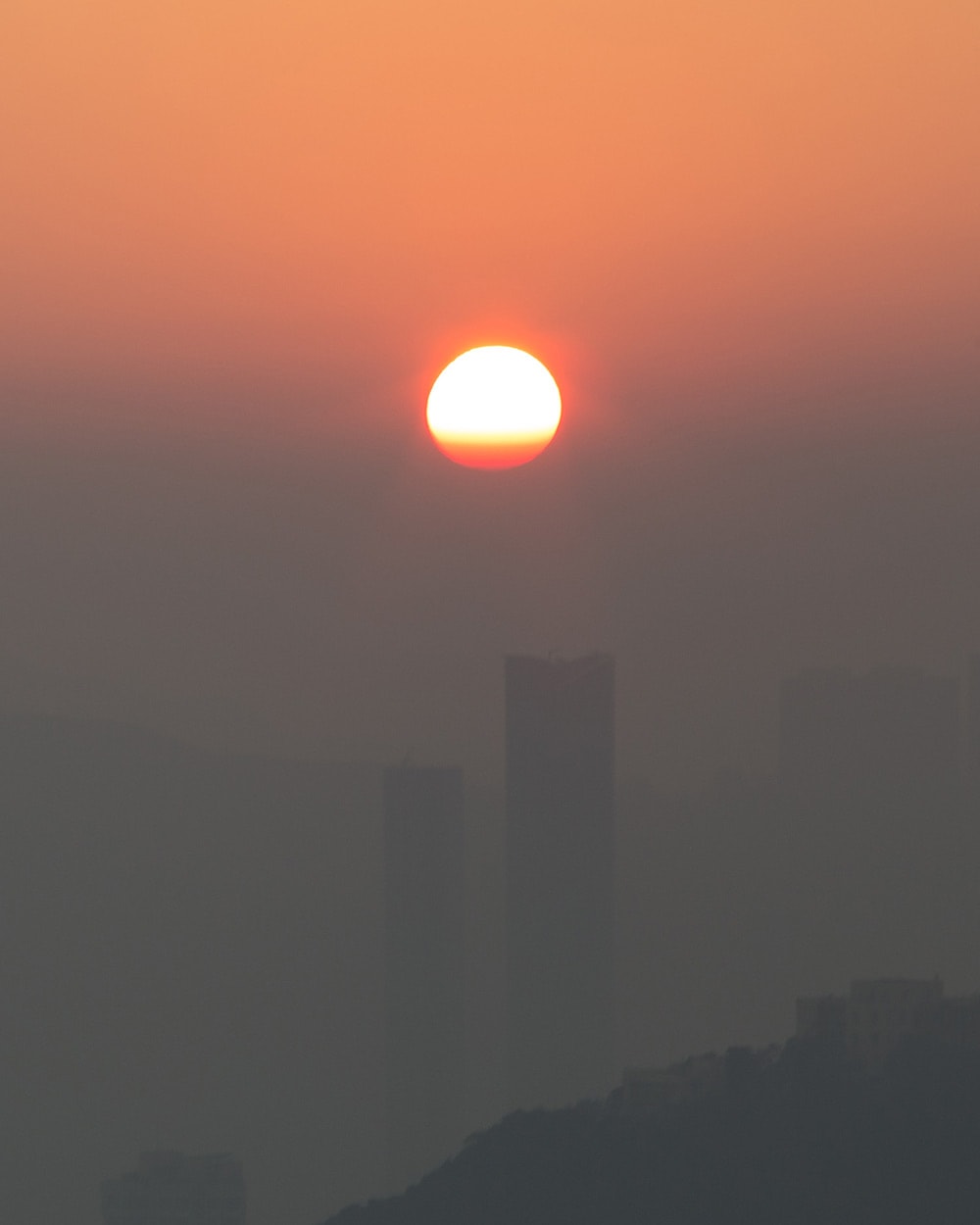
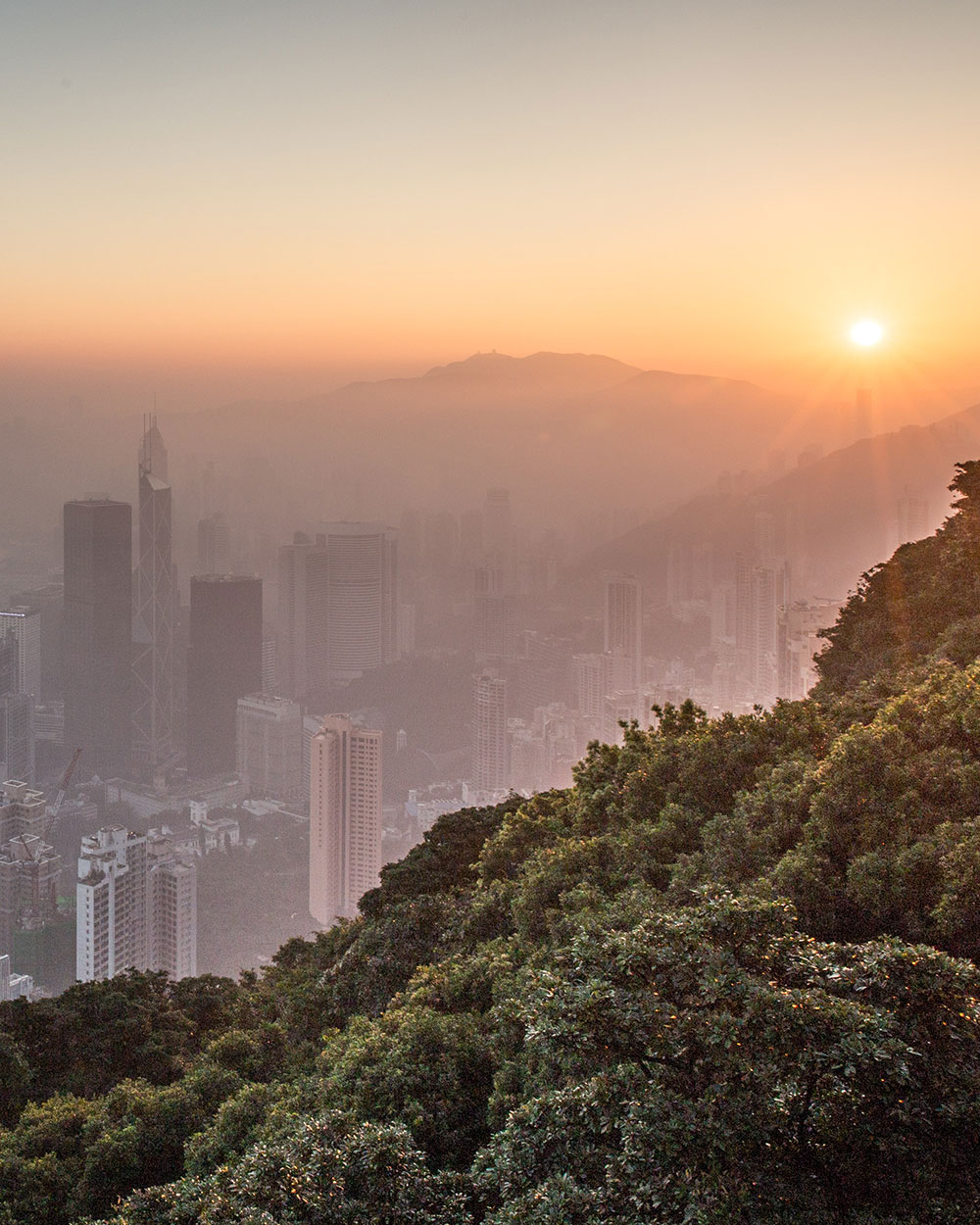
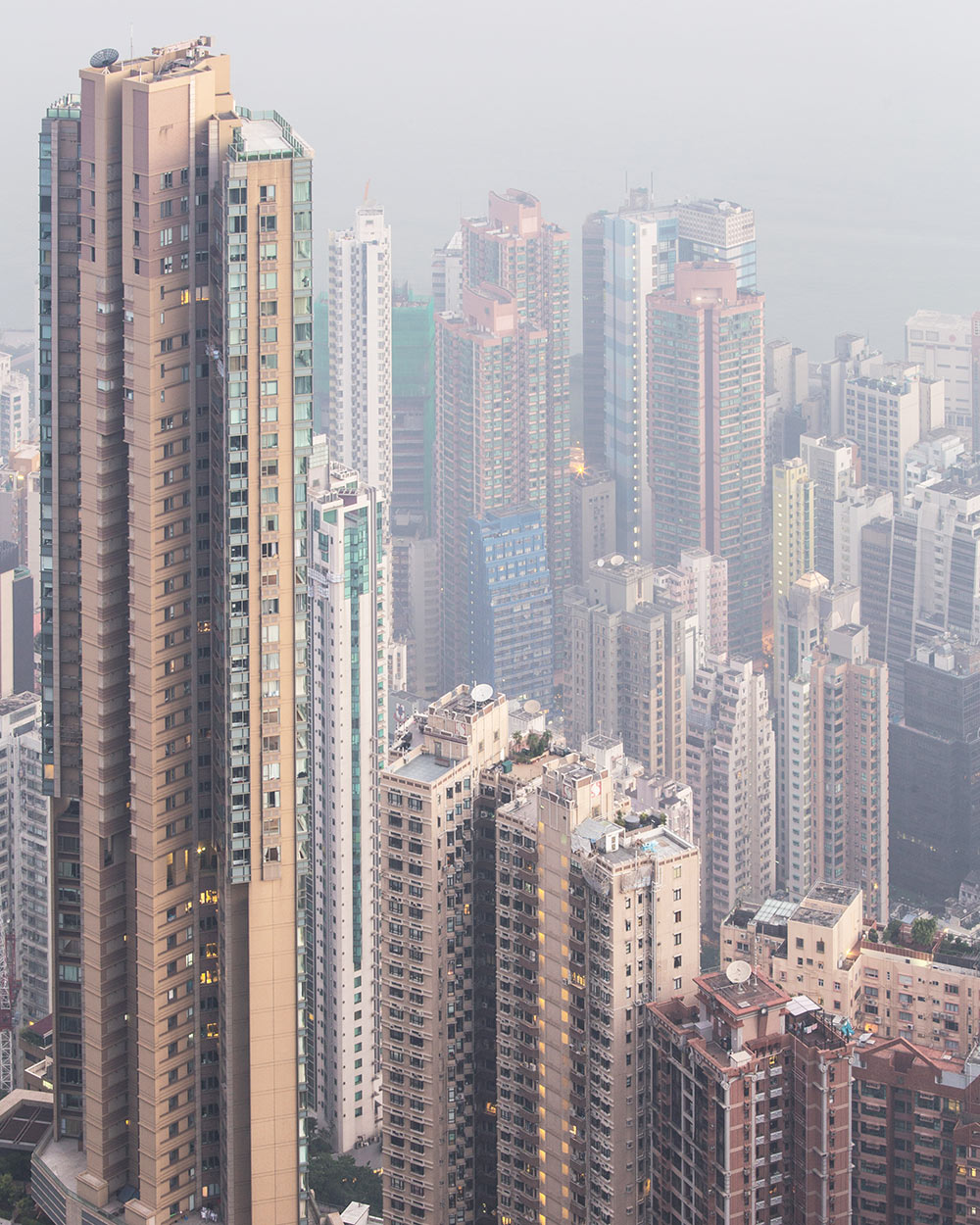
A persistent problem
I spent a full week in Hong Kong and explored every area of the city – but nowhere was a clear sky to be found. Experiences such as these are not uncommon. In fact, I was told they are the norm for a large part of the year. I spoke to a few local residents who said, jokingly, that they couldn’t recall what the opposite side of the city looked like. If you’re lucky, they said, you might get a few clear days after a rainy spell.
Statistics underline the severity of the problem of Hong Kong air pollution. The Environmental Protection Department reported in 2015 that the concentration of nitrogen dioxide recorded at three of Hong Kong’s roadside monitoring stations – Central, Causeway Bay and Mong Kok – consistently exceeded the limits set by the World Health Organization (WHO).
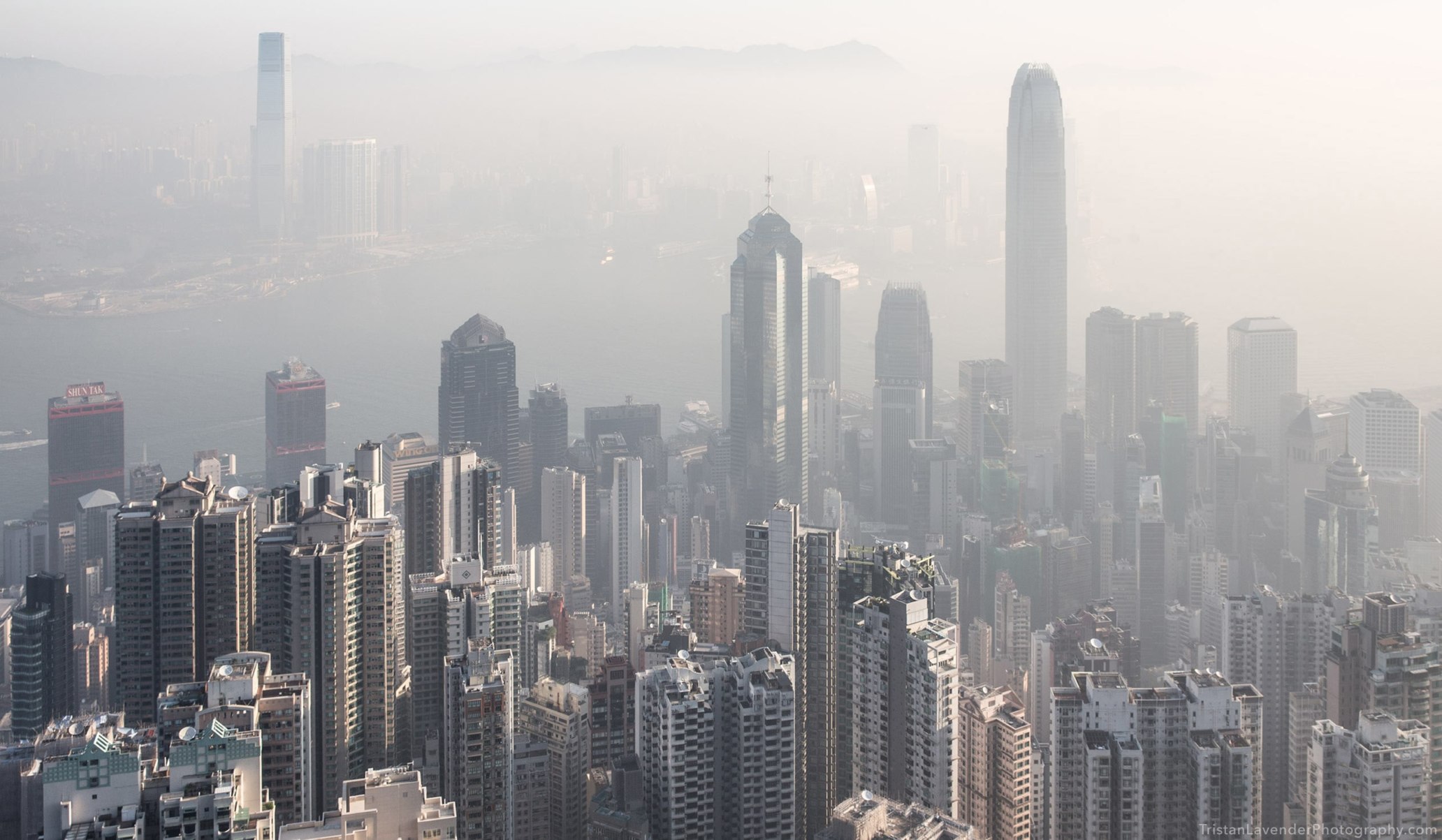
The health effects of air pollution
Concerns about the health effects of the persistent pollution have been born out by several studies. For example, a study by Hong Kong researchers showed a significant association between the concentration of air pollutants and hospital admissions for respiratory diseases, cardiovascular diseases, and heart failure. The World Health Organization (WHO) recently estimated that worldwide, 3 million deaths a year are linked to outdoor air pollution.
It is no wonder, then, that Hong Kong residents are calling for tougher counter-measures. Like one mother said in an interview with the South China Morning Post, “it’s like they’re killing our children”, urging authorities to step up their efforts in combatting air pollution.
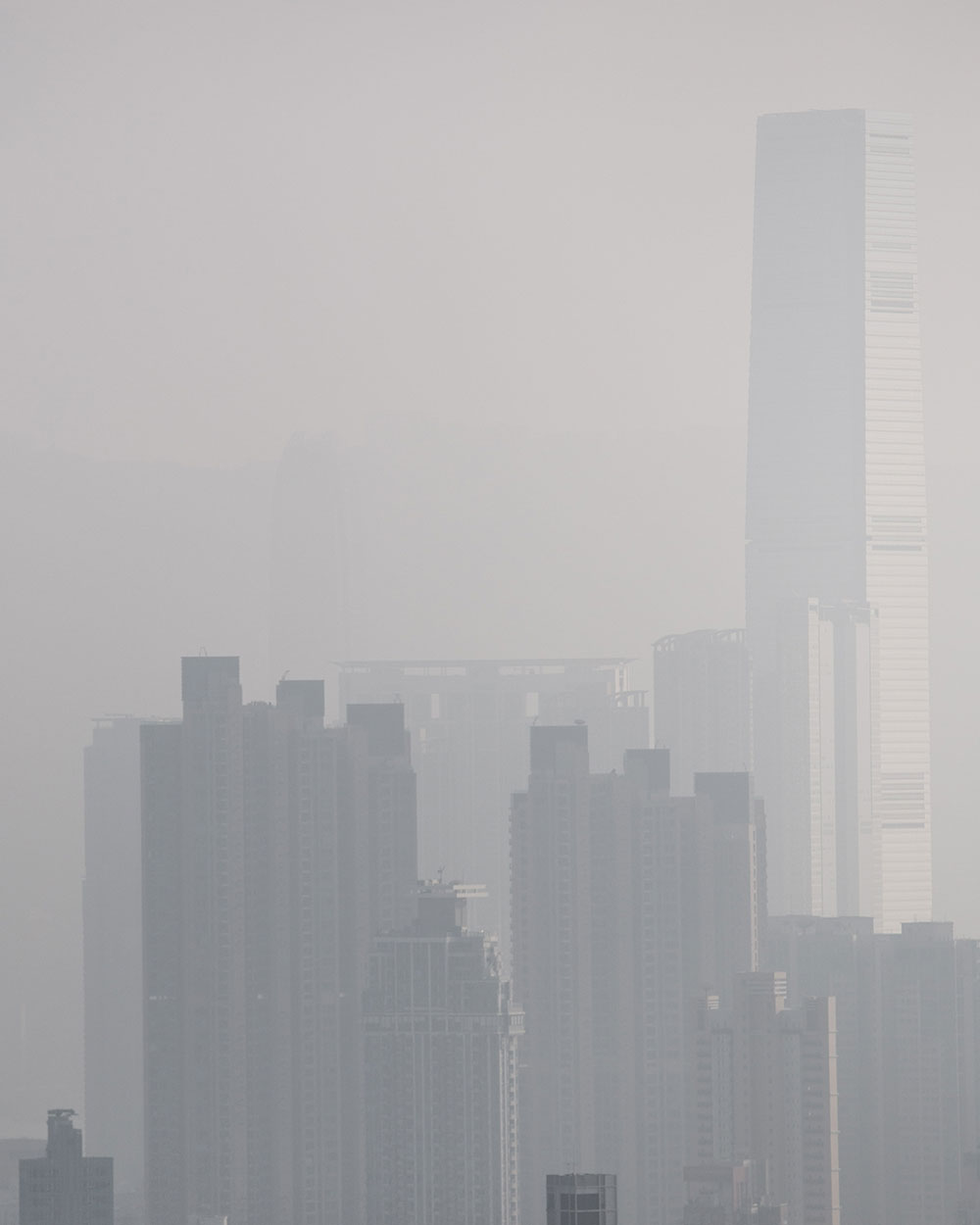

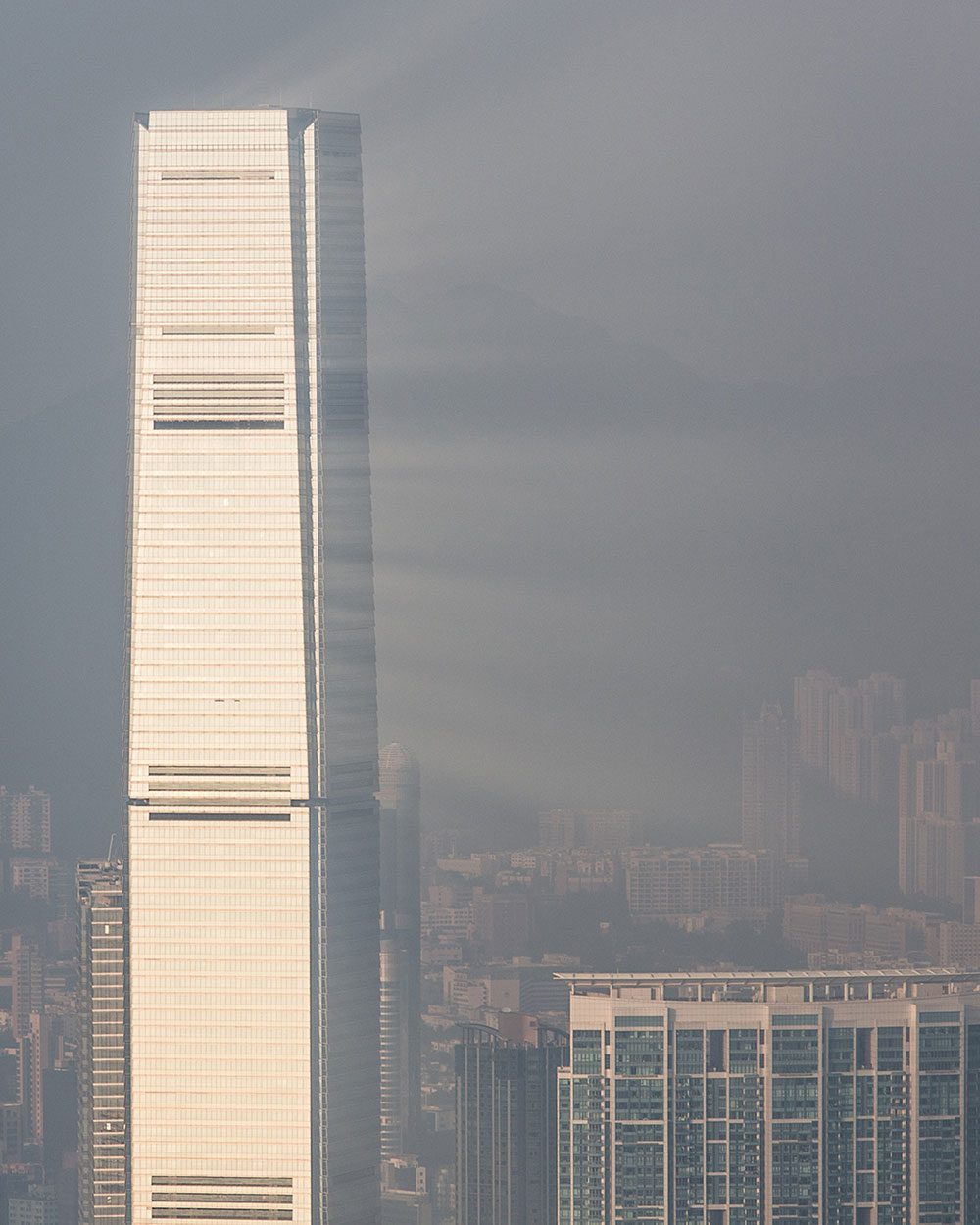
The Hong Kong government has not been deaf to people’s pollution concerns. Over the years, it has implemented a number of measures to reduce emissions, such as incentive programmes to replace diesel vehicles with less pollutive alternatives, and imposing tight emission caps on power plants. Its effects have been the subject of fierce debate. On a positive note, 2016 saw a significant improvement in air quality. However, the level of nitrogen dioxide (a group of gaseous air pollutants) at all roadside monitoring stations still failed to comply with WHO standards, leaving lots of work to be done.
I didn’t mind returning home with photos that were hazier than I had anticipated. But I can only hope that these photos will not continu to reflect daily reality in Hong Kong.
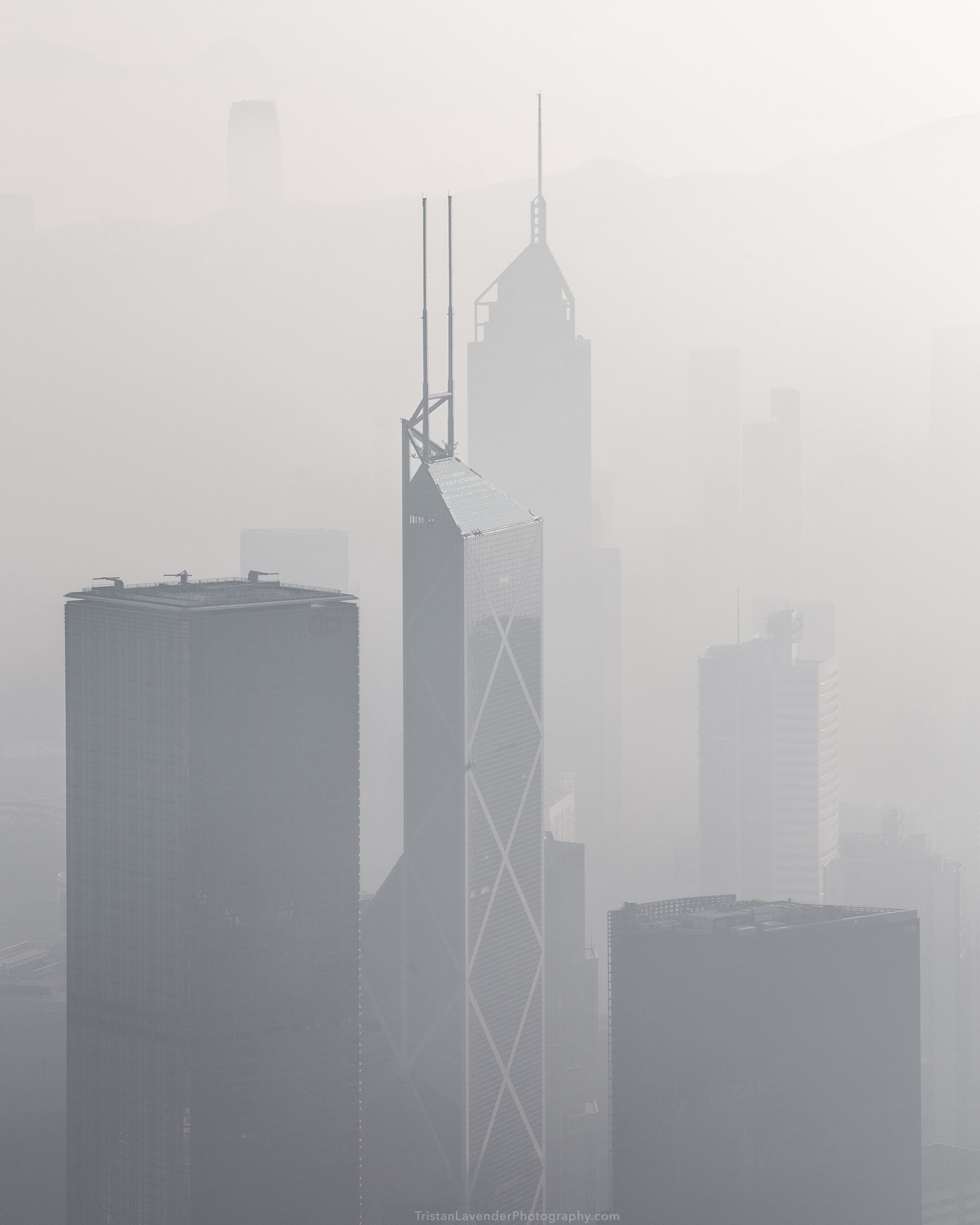
Read more about Hong Kong air pollution
- ‘It’s like they’re killing our children’: parents call for tougher action on air pollution at Hong Kong schools – South China Morning Post
- The health effects of air pollution – Centre for Health Protection
- The solution to Hong Kong’s serious roadside air pollution problem is easy – Hong Kong Free Press
- Air pollution and hospital admissions for respiratory and cardiovascular diseases in Hong Kong – Occupational and Environmental Medicine
- Check the current Hong Kong Air Quality Index
Subscribe to receive new stories like this in your mailbox
Reflections on life, art, and creativity – inspired and supported by photography.
I care about your privacy. You can unsubscribe at any time.